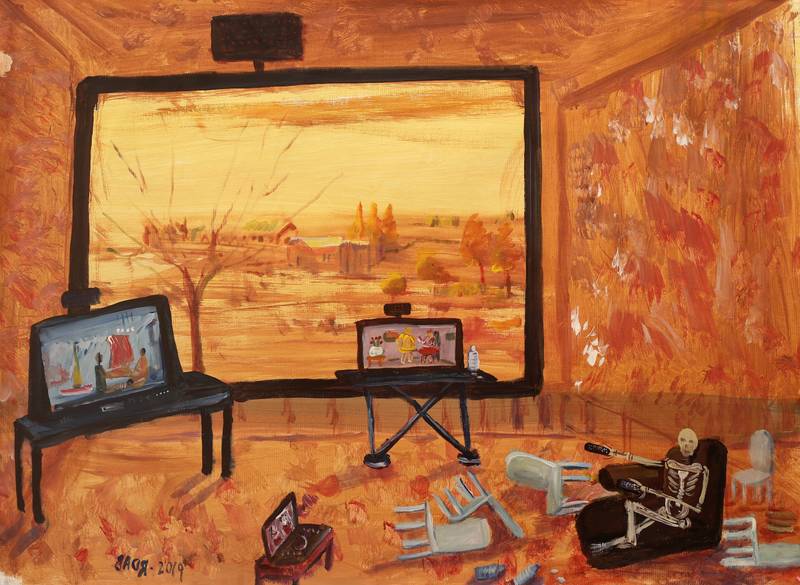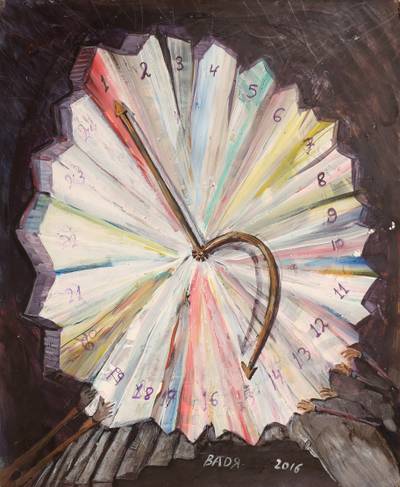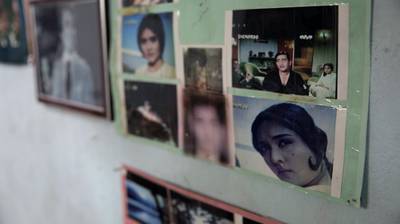

Cineholic, in other words, is a film about cinema in a context in which the role of the medium has been to mediate between the Iraqi population and an almost constant state of conflict—first during the Iran-Iraq war, then the First Gulf War, then the Second, and finally the past twenty years of simmering civil unrest in the wake of the regime’s forced dismantlement by the US.
READCinema and the Political Imaginary in Kirkuk
A close reading of Cineholic, a short film that interrogates the role of the medium in Kirkuk, which is characterized by conflict —first during the Iran-Iraq war, then the First Gulf War, then the Second, and finally the past twenty years of simmering civil unrest in the wake of the regime’s forced dismantlement by the US.


And for westerners, this act of doing nothing is laziness. But when I go back to this memory, it’s actually the act of rest. This is when your body is connected with the ground, with the land, and with the soil to recharge you again. Because in the precolonial Philippines, the way their bodies were working was through reciprocity—the reciprocation of care and love with nature and the things around them. In this way of resting, when your body is on the ground doing nothing and just resting, you also give time to the environment and to the land to rest and heal.
READOpen Wounds, Invisible Bodies: A Conversation with Liryc Dela Cruz
This interview explores Liryc Dela Cruz’s artistic practice in Europe, tracing his journey from cinema to diverse mediums including performance, dance, and community engagement. Dela Cruz’s recent focus has been an extensive research project on the Filipino diaspora, particularly domestic workers in Italy.
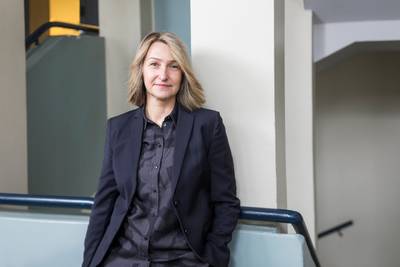

The second edition of the biennial marked a departure from the first, navigating different geopolitical landscapes, timelines, budgets, curatorial and organisational structures, and resources. The budget for the second edition of the Helsinki Biennial had initially been outlined before the outbreak of the war in Ukraine. Compounded with a post-covid economy and the wider impact on the art world, this all contributed to considerations for organising this edition.
READLeaving Minimal Imprints on the Landscape: A Conversation with Joasia Krysa
Joasia Krysa is the curator of the second edition of the Helsinki Biennial. In this conversation, she shares insights into the intricate process of organising this event and emphasises the significance of collaborations and connections forged during the biennial, both locally and internationally.
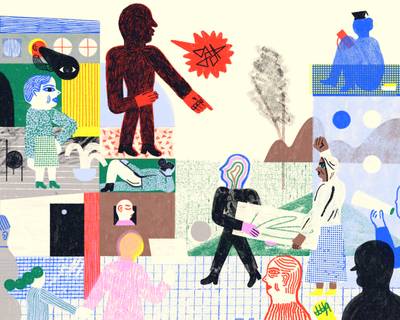

The lyrical “I” lifts the confessional weight of the European sciences of psyche and spirit that pressure the speaker of the artistic research text to disclose even the most minor or derailing failures of the project so as to follow the “true” curve of the journey. I confess. I think I have done this myself, and the unsatisfying feeling it left me with is what is driving this text.
READThe “I”s of Artistic Research
This essay considers the lyrical dimension of artistic research and the research dimension of the lyric poem. Tracing multiple aesthetic, poetic, and political uses of the singular first-person in research, a case is made for the layered lyrical “I” in Artistic Research writing, against the singular confessional “I”, the auto-“I”, the post-internet “I” or the absent experimental or avant-garde “I”.
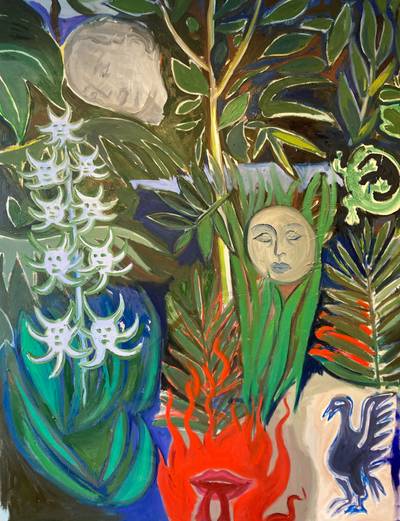

READI feel at best when life escapes me. An ambulance rushing back and forth the scene. I want to curl up on helipad gravel & draw myself idle on an island of chalk. This habitat for crimeSelf-Portrait of An Emergency
Two poems by Jared Maxilom.
